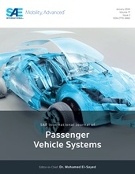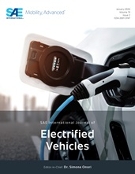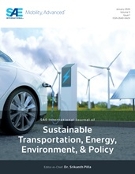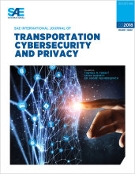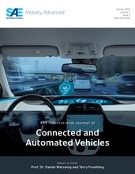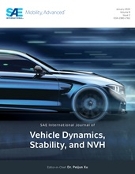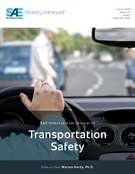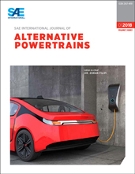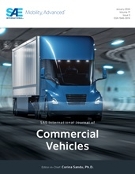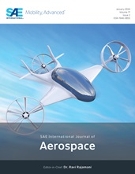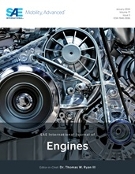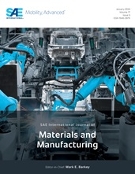Your Destination for Mobility Engineering Resources
Announcements for SAE Mobilus
Browse AllRecent SAE Edge™ Research Reports
Browse All 173Recent Books
Browse All 703Recently Published
Browse AllThe automation of labor-intensive picking and planting operations is having an immediate impact in the agricultural indutry. In its simplest form, robotic automation can reduce the labor and soil disturbance while enabling organic soil cover and increasing species diversification through precision approaches to planting, weeding, and spraying. With this, pesticides and fertilizers can be applied in a more targeted way, and with machinery visiting fields more frequently, earlier and more targeted intervention can occur before pests become established. Small, Mobile, and Autonomous Agricultural Robots identifies issues that need to be resolved fo for this technology to thrive, including improving methods of acquiring and labeling training data to facilitate more accurate models for specific applications. It also discusses concepts such as general-purpose mechanical platforms for use as carriers of agricultural automation systems with high stability, positional accuracy, and variable
This SAE Standard covers the minimum requirements for design, construction, and testing of devices to prevent the propagation of backfire flame from within the gasoline engine to the surrounding atmosphere.
Counterfeiting of refrigerants has seen a dramatic rise over the past decades. This rise can be partially attributed to global restrictions placed on production and use of refrigerants by the 1987 Montreal Protocol, the 1997 Kyoto Protocol, and the 2016 Kigali Amendment to the Montreal Protocol [1, 2]. These protocols and the amendment regulate the gradual phase-out and strict regulations on the use of refrigerants with high Ozone Depletion Potential (ODP) and high Global Warming Potential (GWP). These protocols require that older refrigerants be replaced with more environmentally friendly products and necessitate redesigned, updated, or replaced equipment to operate efficiently with these new refrigerants.
This SAE Aerospace Recommended Practice (ARP) provides criteria for design and location of power supplies, controls, light fixtures, and associated equipment which are used to provide emergency illumination in transport aircraft, designed to comply with 14 CFR Part 25 (see Reference 1) for operation under 14 CFR Part 91 (see Reference 11) and 14 CFR Part 121 (see Reference 2), and also in compliance with FAA Advisory Circulars AC 25.812-1A (see Reference 3) and AC 25.812-2 (see Reference 10). It is not the purpose of an ARP to specify design methods to be followed in the accomplishment of the stated objectives.
This specification covers an iron-nickel alloy in the form of strip 0.020 to 0.250 inch (0.51 to 6.35 mm), inclusive, in thickness.
